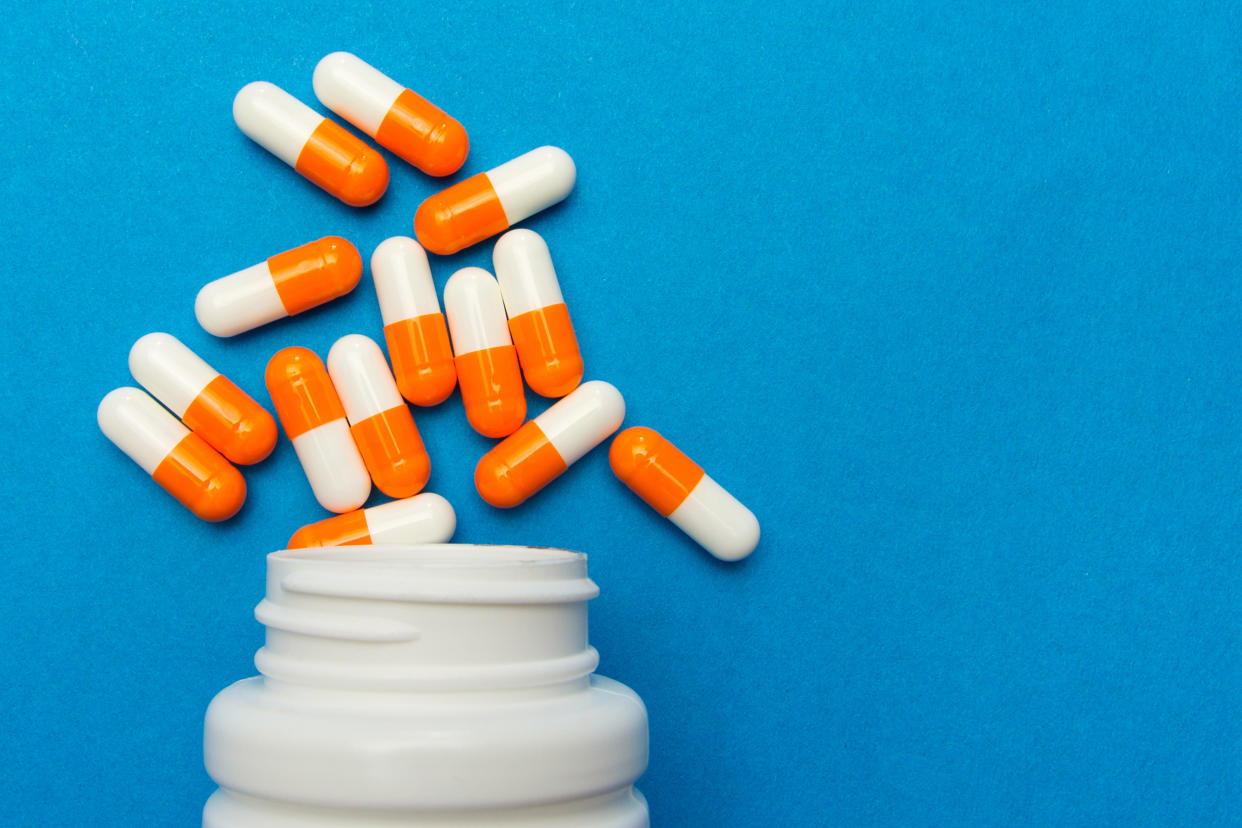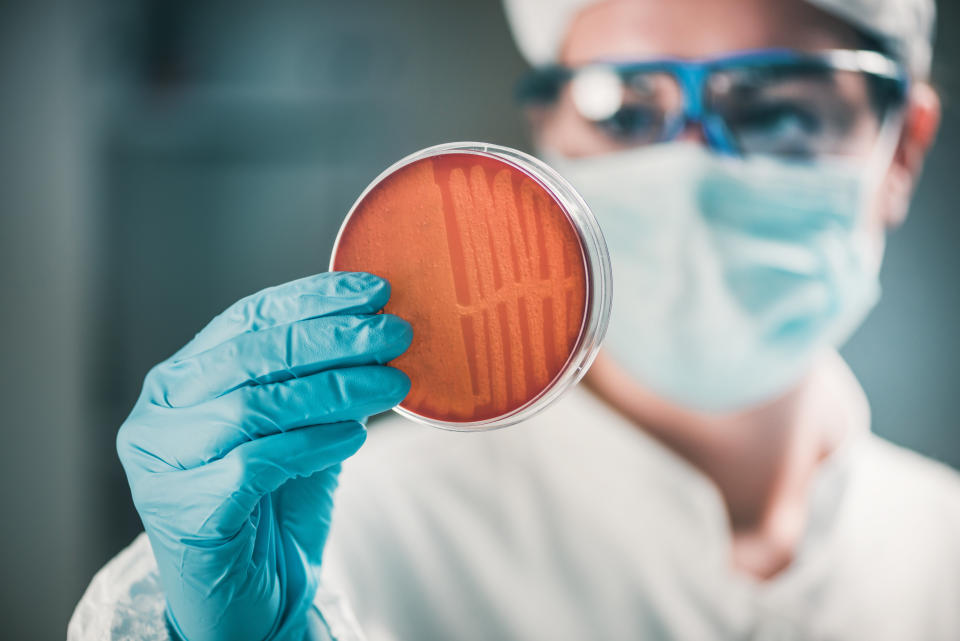As drug companies go bust, the discovery of new antibiotics is stunted

Antibiotic resistance means a growing number of bacteria no longer respond to once effective drugs, turning “harmless” infections into deadly diseases.
The World Health Organization calls it “one of the biggest threats to global health”, with no one being immune to the crisis.
READ MORE: What is antibiotic resistance?
In an attempt to combat the issue, drug companies are investing in the development of “new” antibiotics.
The new drugs “compete” with older, established medicines, which patients typically only take for a week or two.
With doctors prescribing new drugs sparingly, the pharma firms behind them are going bust, stunting antibiotic development, The Wall Street Journal (WSJ) reported.
Antibiotics are unlike many other drugs in that the more they are used, the less effective they become.
Use was up 6.5% in England alone between 2011 and 2015, government data shows.
In the US, at least 30% of prescribed antibiotics are “unnecessary”, according to the Centers for Disease Control and Prevention (CDC).
While an antibiotic-resistance crisis may sound like something out of a sci-fi film, its effects are already underway.
More than 2.8 million antibiotic-resistant infections arise every year in the US, killing over 35,000 people, according to the CDC.
Pharma companies are looking for solutions, but struggle in existing market conditions.
READ MORE: Honey 'dressings' could ward off infections
Achaogen Inc. collapsed in April last year, less than a year after launching the antibiotic Zemdri for hard-to-treat urinary tract infections.
The drug reportedly racked up $16m (£12.1m) in sales, but cost $300m (£228.3) to develop.
In December, leading antibiotic manufacturer Melinta Therapeutics Inc. filed for bankruptcy, citing slow sales.
This has left many doubting whether new antibiotics will be around in the near future.
“We don’t know the fate of those drugs for our patients,” Helen Boucher, chief of infectious diseases at Tufts Medical Center in Boston, said.
“As a physician, that’s my biggest concern.”
The US government is encouraging antibiotic development, investing $1bn (£760m) in the field since 2010.
Yet with small pharma companies responsible for more than 90% of the research, firms struggle to cover their costs.
New antibiotics need to make at least $300m (£228.2m) a year to “break even”, according to Patrick Heron, general partner at venture-capital firm Frazier Healthcare Partners.
With antibiotic resistance fuelled by the misuse of drugs, doctors are rightfully told not to dole them out unnecessarily.
Hospitals also tend to give out the “cheaper option”, namely older drugs, WSJ reported.
This is particularly true in the US, where insurers pay hospitals a fixed fee for treating an infection, regardless of the drug used.
“What wasn’t predicted was how little new antibiotics, once they reached the market, would be used, and how much hospitals and providers would stick to the existing generic products,” Mr Heron said.
The partner, whose firm has backed antibiotic companies before, added he would not make any new investments until the situation changes.
This attitude is impacting drug development, with the firm Tetraphase Pharmaceuticals stopping all its research programmes last year, focusing only on approved drugs.
Suggested solutions include a “Netflix style” subscription agreement, where companies are paid a set sum for access to their drugs, regardless of the quantity used.
The UK reportedly plans to pilot this model this year.
An alternative idea is giving a one-off payment to pharma companies so they can launch a new antibiotic.
Whatever the solution, experts fear the longer we wait, the more firms will “die”, delaying drug development.

What causes antibiotic resistance?
Antibiotics are only effective against bacteria, however, many doctors have mistakenly doled them out to people battling viruses.
“Antibiotics only work against bacteria, through actions such as disrupting their cell wall to kill them or suppressing their division and growth while your own immune system fights them off,” Dr Sarah Brewer, medical director of Healthspan, previously told Yahoo UK.
“Viruses have a very different biology and do not respond to these actions.”
Antibiotics also become less effective over time.
Random mutations take place within bacteria at a rapid rate. Exposure to an antibiotic “selects” for mutations that protect the bug, including “good ones” in our gut, from destruction.
Bacteria can then pass this genetic advantage to future generations or “horizontally” to other bugs.
READ MORE: Antibiotic resistance 'could wipe out humanity before climate change does’
Even when antibiotics are correctly given out for bacterial infections, many fail to take them as prescribed, coming off the drugs when they start to feel better.
This could mean they stop treatment before the pathogen has been completely eradicated from their body, giving it a better shot of developing resistance.
Farmers in the US and parts of Asia also routinely give healthy animals antibiotics to promote growth and prevent disease.
An estimated 80% of antibiotics sold in the US are used in animals, according to scientists from the University of California, San Francisco.
Research suggests antibiotic-resistant bacteria could reach humans via meat.
This is banned in Europe, where farm animals are only given the drugs if struck down with a bacterial infection.


